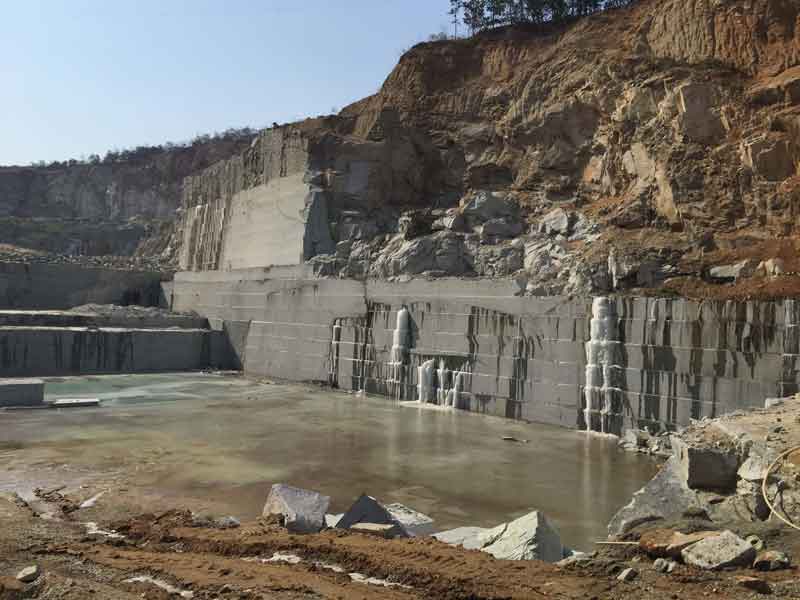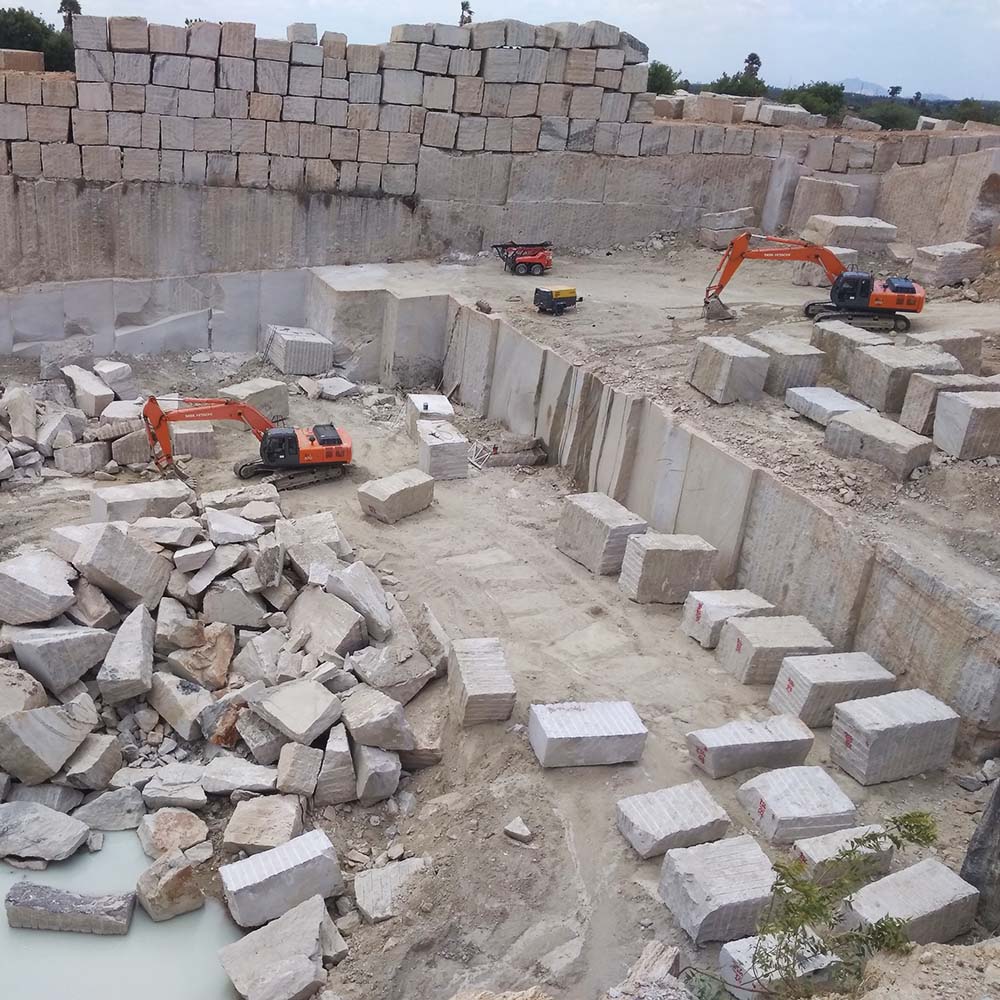Travelling Via Granite Quarries in South Africa: A Visual Odyssey
Travelling Via Granite Quarries in South Africa: A Visual Odyssey
Blog Article
Uncovering the Rich History and Sustainable Practices of Granite Quarrying
As we depend on the precipice of discovering the intricate tapestry of granite quarrying, a journey through time reveals not just the physical act of removing rock however also the cultural and historical importance woven into the very textile of this technique. From the ancient beginnings that laid the foundation for contemporary quarrying strategies to the sustainable techniques that are forming the future of this market, each sculpt mark on granite surface areas tells a tale waiting to be uncovered (granite quarries in south africa). The legacy of granite quarrying extends much beyond simple removal; it is a testimony to human ingenuity, durability, and the long-lasting attraction of this marvelous rock
Ancient Origins of Granite Quarrying
Dating back to old human beings, the practice of quarrying granite has been an indispensable part of human history and architectural improvement. The earliest proof of granite quarrying days back to old Egypt, where huge pyramids and complex sculptures were crafted from this sturdy rock. The Egyptians utilized primitive tools to extract granite blocks from quarries, showcasing the significance of this product in their significant building and constructions.
Relocating forward in history, the Greeks also made significant contributions to the quarrying of granite. The Greeks used granite in numerous architectural wonders, such as temples and statuaries, demonstrating their skill in shaping and carving this sturdy rock. The Romans even more improved the methods of quarrying granite, using advanced tools like chisels and hammers to essence and form granite for their iconic structures.
With the centuries, the method of quarrying granite has actually evolved, with contemporary technologies boosting performance while keeping the timeless appeal of this natural rock - granite quarries in south africa. From ancient worlds to modern home builders, the tradition of granite quarrying continues to form our world
Evolution of Quarrying Methods
The development of quarrying strategies has been noted by a constant progression in the direction of greater efficiency and accuracy in extracting granite. Early quarrying methods included hand-operated labor with standard devices such as knives, hammers, and wedges to remove granite blocks from the earth.
In even more current times, the arrival of machinery reinvented the quarrying industry, enabling much faster extraction rates and raised performance. Technologies such as ruby wire saws, high-pressure water jets, and pneumatic drills have come to be common in contemporary quarries, enabling exact cutting and decreased waste. Furthermore, innovations in computer-controlled tools and 3D modeling have actually maximized quarrying operations, resulting in minimal environmental effect and boosted sustainability practices. As the demand for granite proceeds to rise, the evolution of quarrying techniques remains integral to conference sector requires effectively and sustainably.
Social Relevance of Granite
Granite holds an extensive cultural value throughout various human beings as a result of its long-lasting presence in building masterpieces and revered navigate to this website monoliths. From the marvelous pyramids of Egypt to the elaborate makings of the Angkor Wat holy place in Cambodia, granite has been a material of choice for revealing grandeur and long life in cultural heritage. In old Rome, granite columns embellished holy places and public structures, signifying stamina and durability. The social value of granite extends beyond its physical qualities; it personifies resilience, stability, and eternity, making it a symbol of withstanding legacies and customs.

Sustainable Practices in Quarrying
In the middle of the abundant background of granite quarrying and its social importance lies an expanding focus on lasting techniques within the industry. As environmental understanding and worries concerning source depletion have heightened internationally, the quarrying field has actually increasingly embraced sustainable methods to reduce its effect on the atmosphere and surrounding neighborhoods.

Additionally, recovery and recovery of quarry sites post-extraction are indispensable to lasting techniques. By bring back quarried areas to an all-natural or beneficial state, such as creating wildlife habitats or leisure areas, quarriers can balance out the ecological impact of their procedures and add favorably to the regional ecological community.
Heritage of Granite Quarrying
With a historic background soaked in workmanship and commercial development, what withstanding effect has granite quarrying left on the landscape of contemporary culture? The tradition of granite quarrying transcends mere extraction practices; it has shaped architectural marvels, urban landscapes, and social heritage worldwide. The hop over to these guys sturdy nature of granite has actually made it a recommended option for monuments, buildings, and infrastructure, standing as a testimony to the ability and creativity of quarry workers across generations.
Moreover, the financial impact of granite quarrying can not be neglected. The industry proceeds to give work chances and drive local economies in areas where granite extraction is widespread. It has actually likewise stimulated technical developments in quarrying techniques and tools, causing much more reliable and lasting practices.
In terms of sustainability, the heritage of granite quarrying includes efforts to minimize environmental effects through improvement tasks and responsible resource management. By balancing financial passions with environmental stewardship, the industry aims to ensure that future generations can proceed to profit from this long-lasting natural source.
Final Thought

Report this page